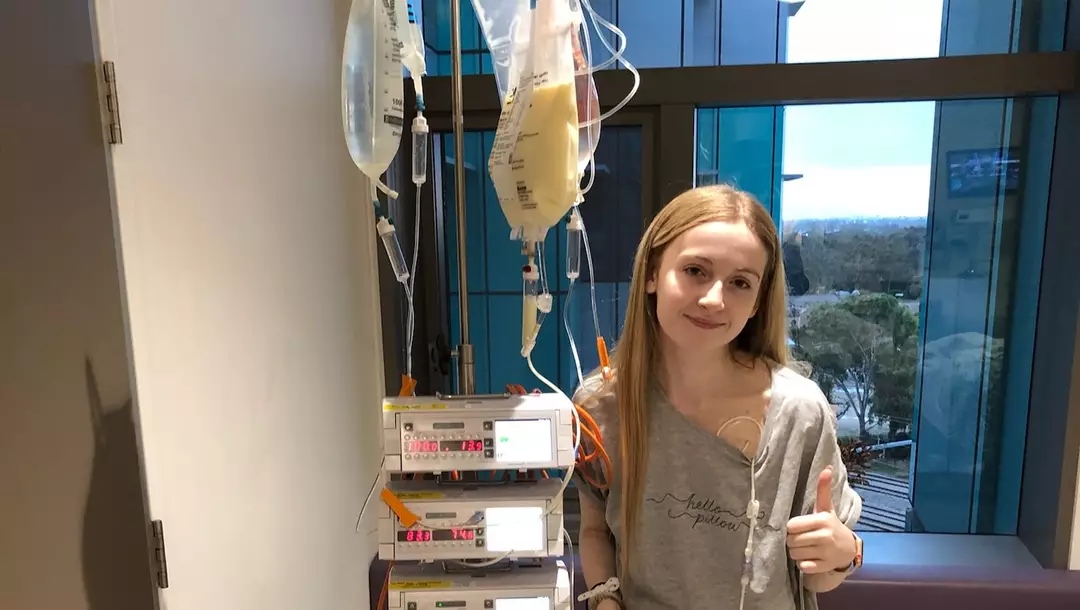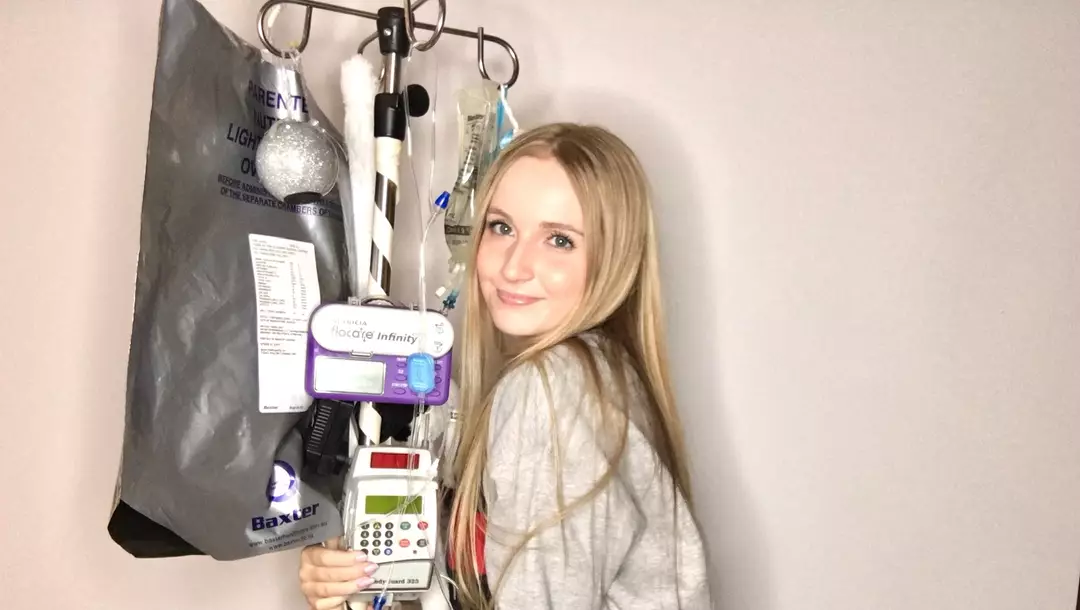Warning: This article contains discussion of assisted dying which some readers may find distressing.
An Australian woman, aged 25, has made the deeply emotional decision to consider voluntary assisted dying due to a severe medical condition.
Annaliese Holland has shared her experience with a medical condition that has required her to have constant care throughout her life.
The severity of her condition means that Annaliese is unable to consume food in the traditional sense, relying instead on a specialized nutritional method delivered directly to her body.
Despite her inability to eat, Annaliese experiences hunger when she smells or sees food, but her medical condition prevents her from eating it.
Her condition, which is incurable and terminal in her case, is known as autoimmune autonomic ganglionopathy (AAG), affecting around 100 individuals in the U.S. annually.

AAG is an autoimmune disorder in which the body’s immune system erroneously targets the body itself, leading to adverse health effects.
This disorder affects the autonomic ganglia, integral to the nervous system for involuntary bodily functions, such as reflexes, that cannot be consciously controlled.
The disease disrupts nerve signals, impacting various involuntary functions.
The symptoms of AAG can vary widely, depending on how autonomic reflexes are disrupted.
According to Cleveland Clinic, common symptoms may include constipation, dilated pupils, dry mouth or eyes, fainting, urinary retention, and low blood pressure upon standing.
Additionally, Cleveland Clinic notes that approximately two-thirds of those with AAG have elevated levels of ganglionic acetylcholine receptor antibodies (g-AChR antibodies). Research suggests these antibody levels might indicate symptom severity.
Due to AAG’s rarity, there is no standardized treatment, requiring personalized medical responses.
Annaliese’s case is terminal and severe, though the condition’s impact varies among patients.
While AAG remains incurable, treatment typically focuses on symptom management and might involve plasma exchange, intravenous immunoglobulin (IVIG) therapy, corticosteroids, or immunosuppressive medications, as per Cleveland Clinic.
However, with appropriate medical care, many can manage symptoms long-term.
Annaliese has faced significant challenges due to AAG.
“I’ve been sick since being a child really, I lived in and out of the hospital ever since I went in for nine months,” she told news.com.au.
“It actually took until I transitioned to the adult hospital that we found the diagnosis, and it came back that I did have this autoimmune disease that was causing it all along.”
Her condition has necessitated numerous surgeries, resulting in the loss of significant portions of her intestines.

“My stool would back up so much that I would throw it up or drain it out my tummy,” she explained. “I was put on something called Total Parenteral Nutrition or TPN and that’s basically a bag of nutrition that’s delivered directly into your bloodstream through like, a line in your chest.”
Faced with the potential worsening of her condition, Annaliese has found some solace in considering voluntary assisted dying.
“For me, I don’t want to have to wake up every day with anxiety about the pain that I know is ahead for me,” she said.
“The pain of starving to death when they can’t feed me anymore, or the horror of sepsis. Knowing I can go when the time is right is just a huge relief.”
For advice, support, and more information, you can contact Dignity in Dying via their website or email them at [email protected]. For more state resources, you can also contact End of Life Choices Oregon or Patient Choices Vermont.
Additionally, if you or someone you know is struggling or in crisis, help is available through Mental Health America. Call or text 988 to reach a 24-hour crisis center or you can webchat at 988lifeline.org. You can also reach the Crisis Text Line by texting MHA to 741741.

